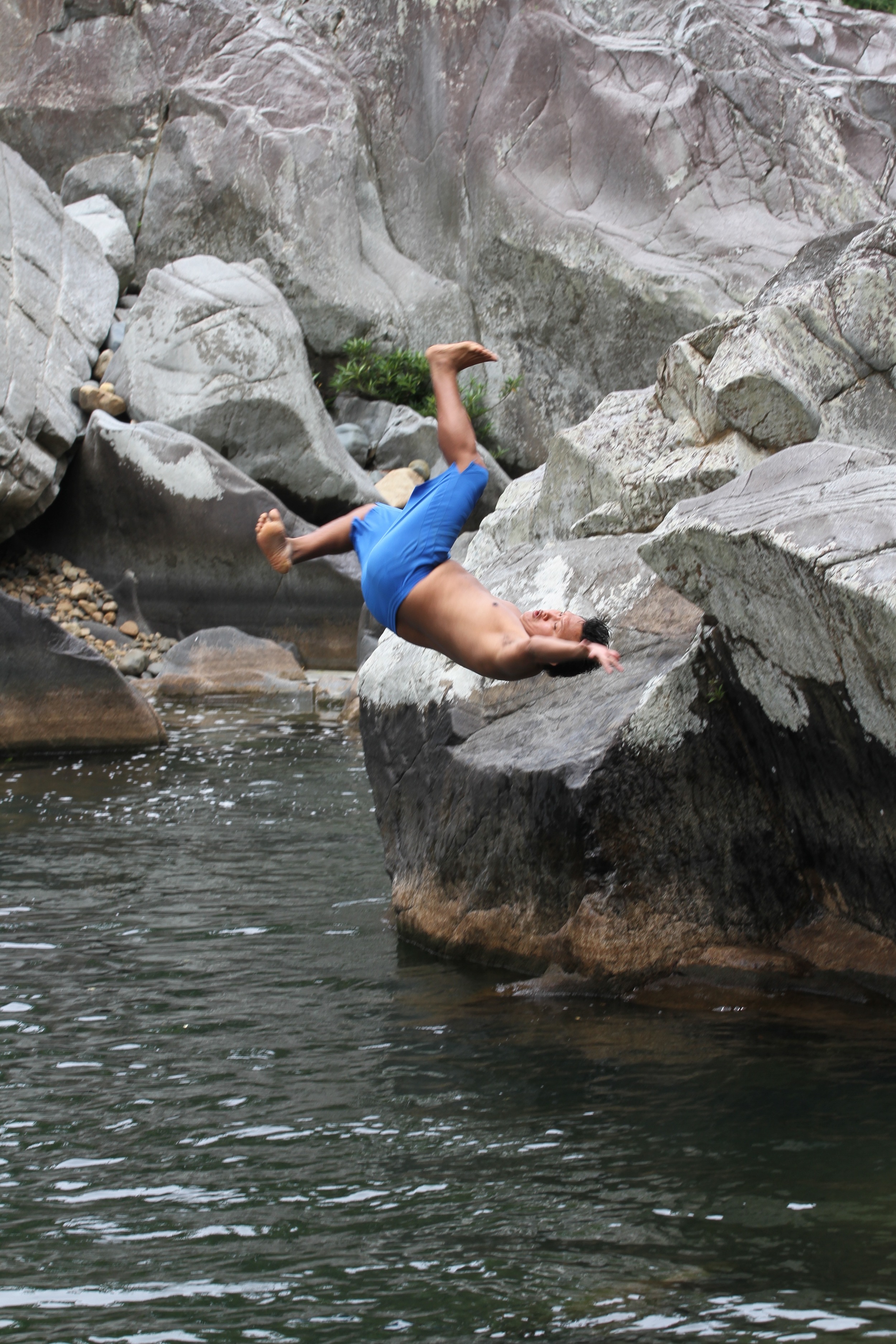Geoversity Launch Program in Panama February 2016
I was invited to a four-day program in Panama to launch Geoversity, a new alliance of entrepreneurs, institutions and artists to collaborate around educational and business initiatives. The concept is place-based human development in harmony with nature that encourages biological and cultural diversity. Geoversity’s goal is learning from and partnering with nature in creating community, enterprise and artistic expression. Our common purpose is nothing less than bringing about a popular shift away from humankind existing apart from nature, “toward a bio-cultural renaissance of societies evolving in harmony with nature”.
I was thrilled to sign on for the following reasons: 1) Nathan Gray, the convener and a serial nonprofit entrepreneur, invited people who bring their whole selves to their professions. Like me, he’s drawn to Reinventing Organizations and the evolutionary Teal perspective, the philosophy of evolving organizations that lift groups of people up through self-management; 2) Meeting and working with entrepreneurs and “restless global creatives” sounded fabulous; and 3) Facilitating meetings and hanging out in a biosphere preserve (a tremendous biodiversity lab) and the canal zone in Panama (a global hub of commerce and cultures) sounded too fun to pass up!
Since my way in was my engagement expertise, I worked on the meeting agenda, contributed meeting design and went to Panama. I facilitated small group meetings and the program wrap-up. The small groups were incredibly alive, one tremendously productive on the assignment and another became useful in resolving the eventual climax. After program changes, the facilitation team needed a way to end four days of programs on a positive note, and I was happy my idea was useful! The best part was I really enjoyed myself.
Here are my three takeaways from this assignment. ONE: that I can drop into a new team of people I didn’t know, and do good work. Planning was all remote, through emails and Skype calls. It was thrilling to exchange ideas on the fly with a diverse group (including Nathan, a Harvard engineering professor of technology and innovation, and a Latin American internal communications consultant) and produce something fast. The team’s output quality will be superior in the future because we'll know each other better, but the level of engagement was already high, which bodes well for the future of the network.
TWO: If you have a chance to meet Verne Harnish, @thegrowthguy, you take it. Verne was in my first small group, and I’m professionally smitten. We had an extra terrific chat over dinner gushing about Peter Drucker (and this article in particular) and Adam Grant (sign up for his newsletter if you don’t get it already), organizational schemes taking cues from nature (Margaret Wheatley), and shared our experiences in affordable housing and nonprofits. The next morning, he made magic in a large group by drawing two diagrams, one of a command-and-control pyramid organizational chart and another of diffuse organism of teams where on one is in command, and ripping up the pyramid with flourish to great applause. I’m newly inspired about achieving scale, reframing how I approach I work, and reading his book with my ED/CEO Roundtable.
THREE: no one controls what happens when you bring a group of inspired and driven people together to birth something, especially if you’re giving them the power to define it. So we rolled with the punches – adjusting the agenda as we went along. Some were concerned about organizational structure, then we learned about underlying dynamics. Perspectives diverge, and could cause conflicts. However, the initial projects of Geoversity took shape with much energy, in executive education for entrepreneurs and CEOs, and study-abroad programs for college students. Study-abroad ventures consist of exciting collaborations between the Mamoni River Preserve, University of Redlands and Global Student Embassy. Other projects include a “patient capital” investment vehicle for the biosphere reserve, sustainable chocolate production, a performance venue in the biosphere reserve, and a bamboo-built multi-use structure in Panama City.
In summary, I gratefully marvel at my good fortune to continue my involvement in this extraordinary network/alliance/evolving organism. A network with a unifying purpose and divergent initiatives that wants to have staying power needs expert tending. I'm really excited to enable a diverse group of partners to benefit from the alliance as their involvement evolves. What an amazing learning opportunity for everyone involved!







